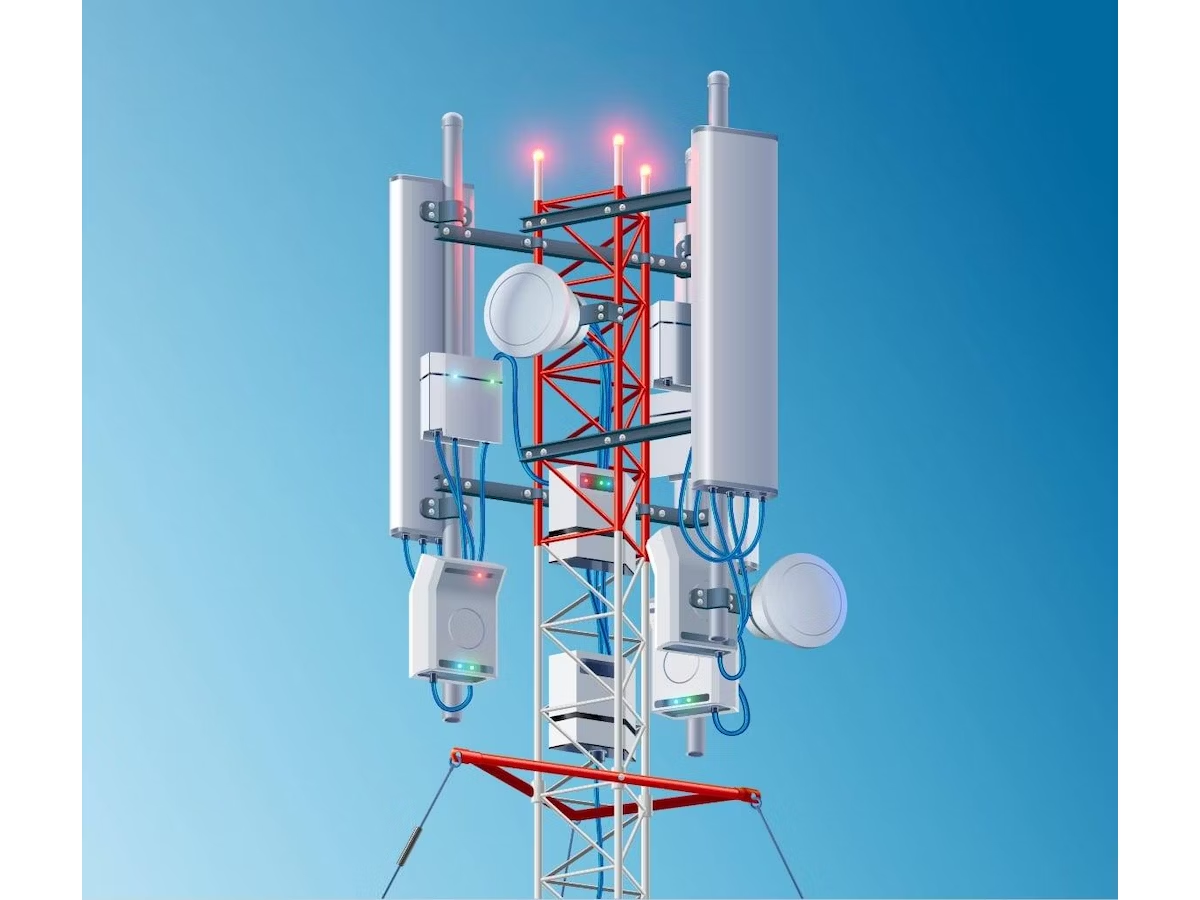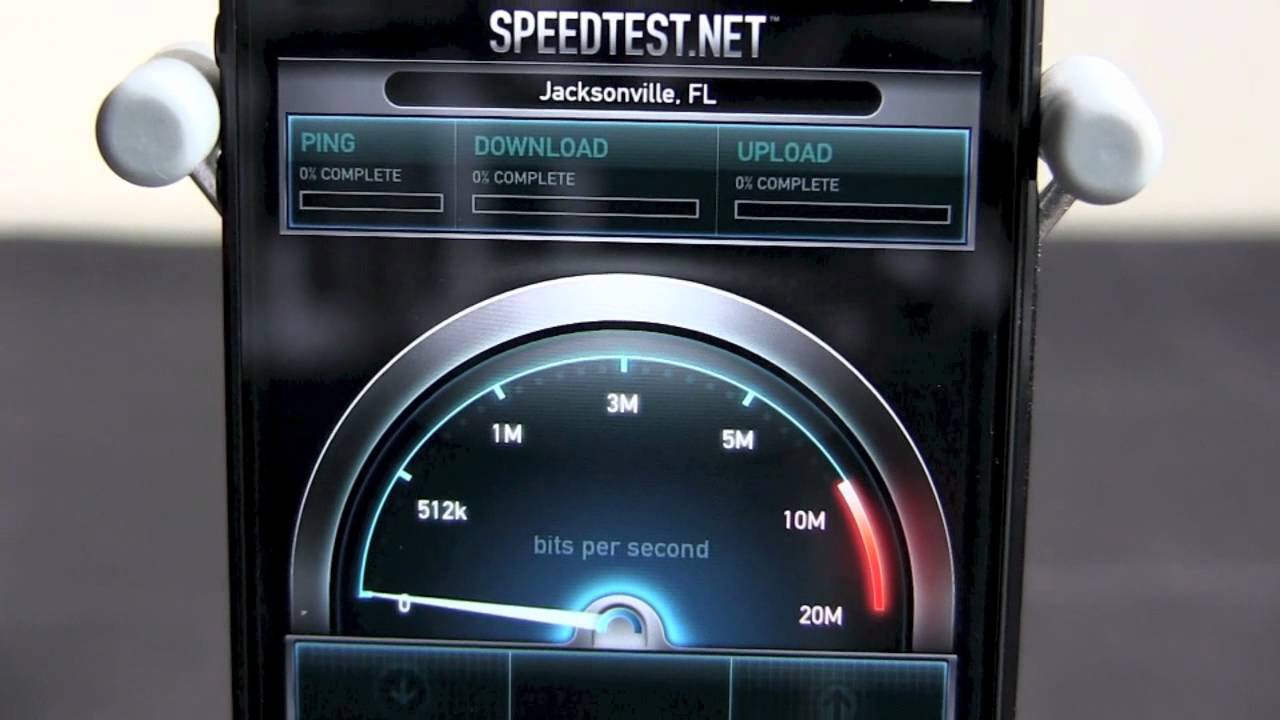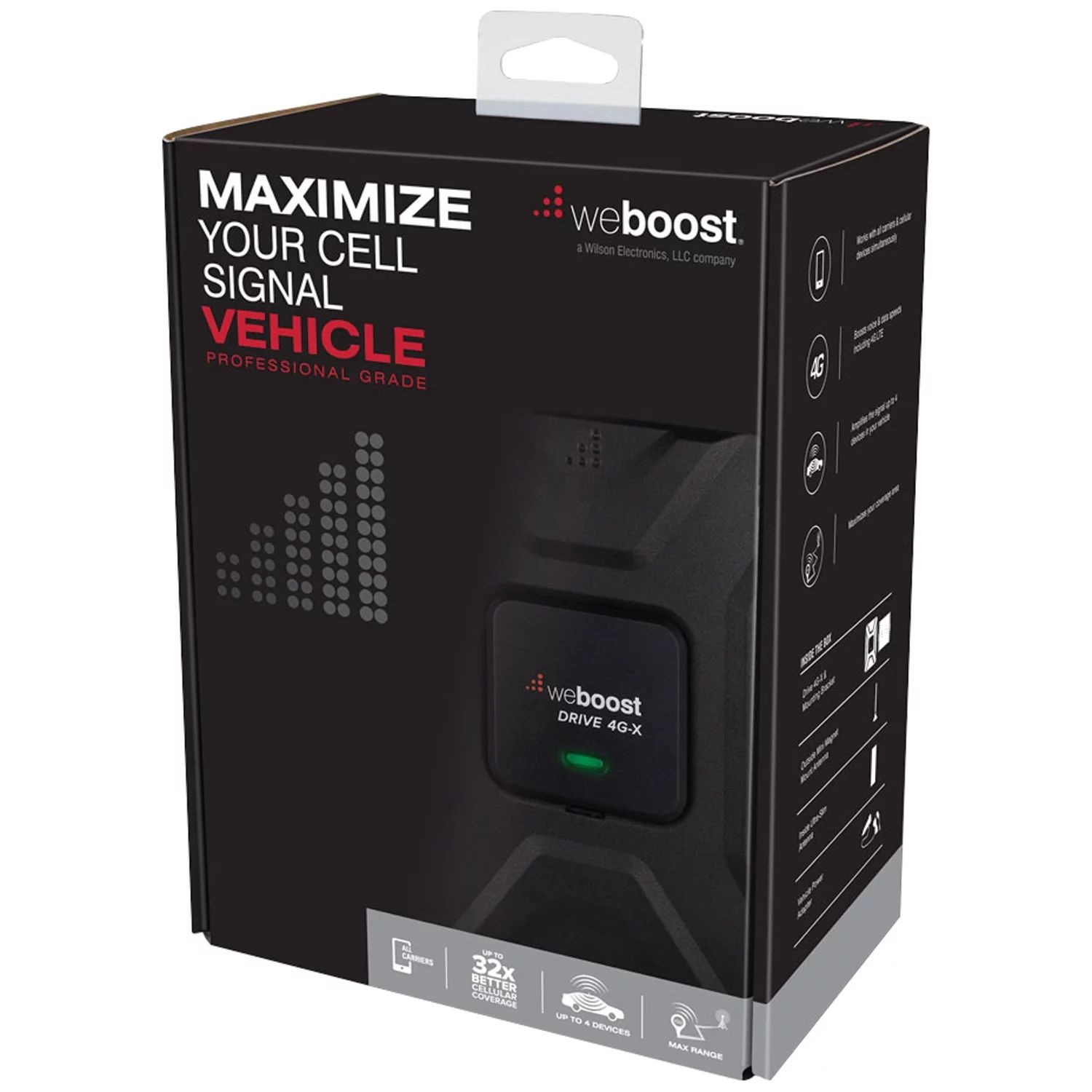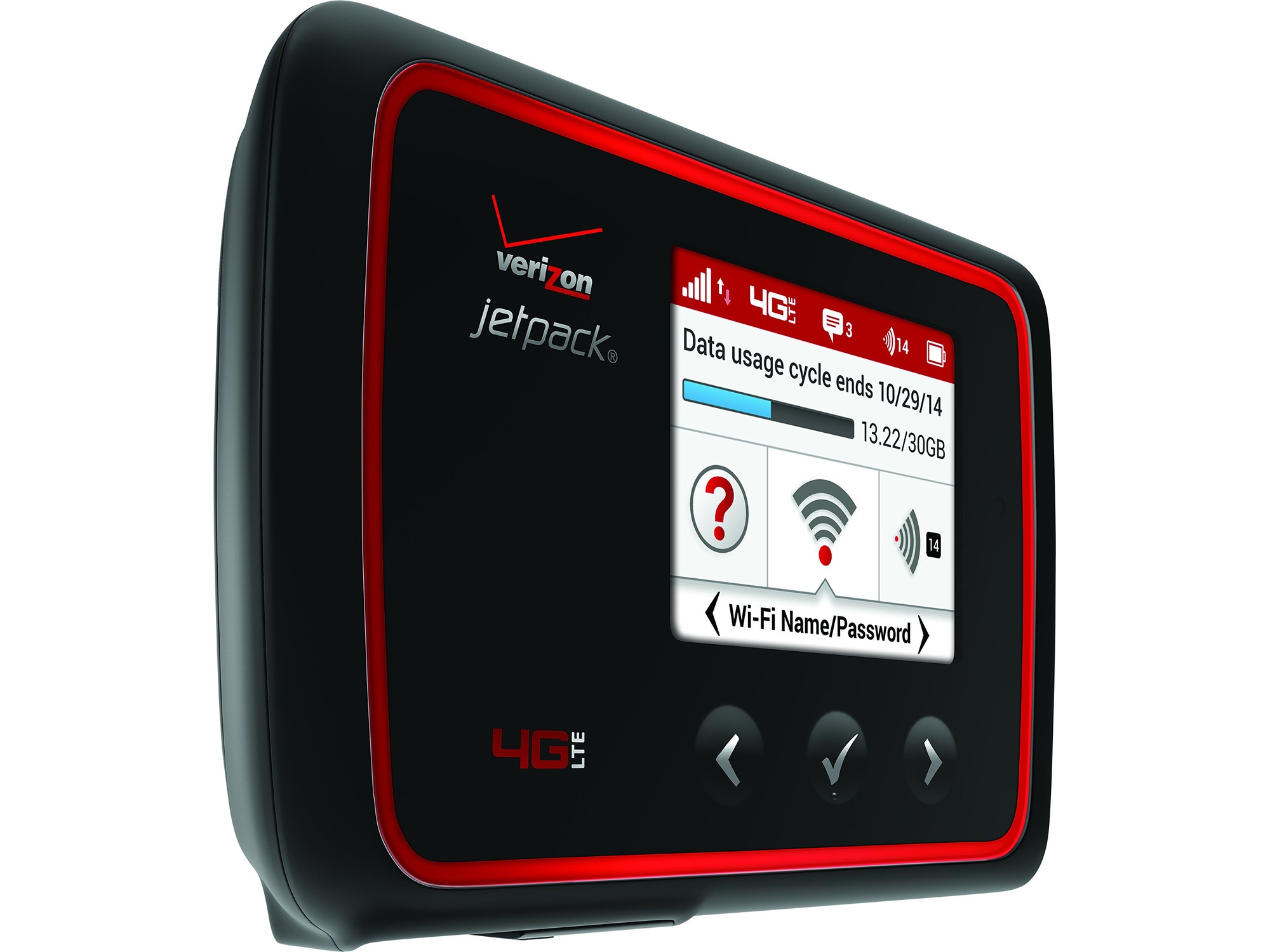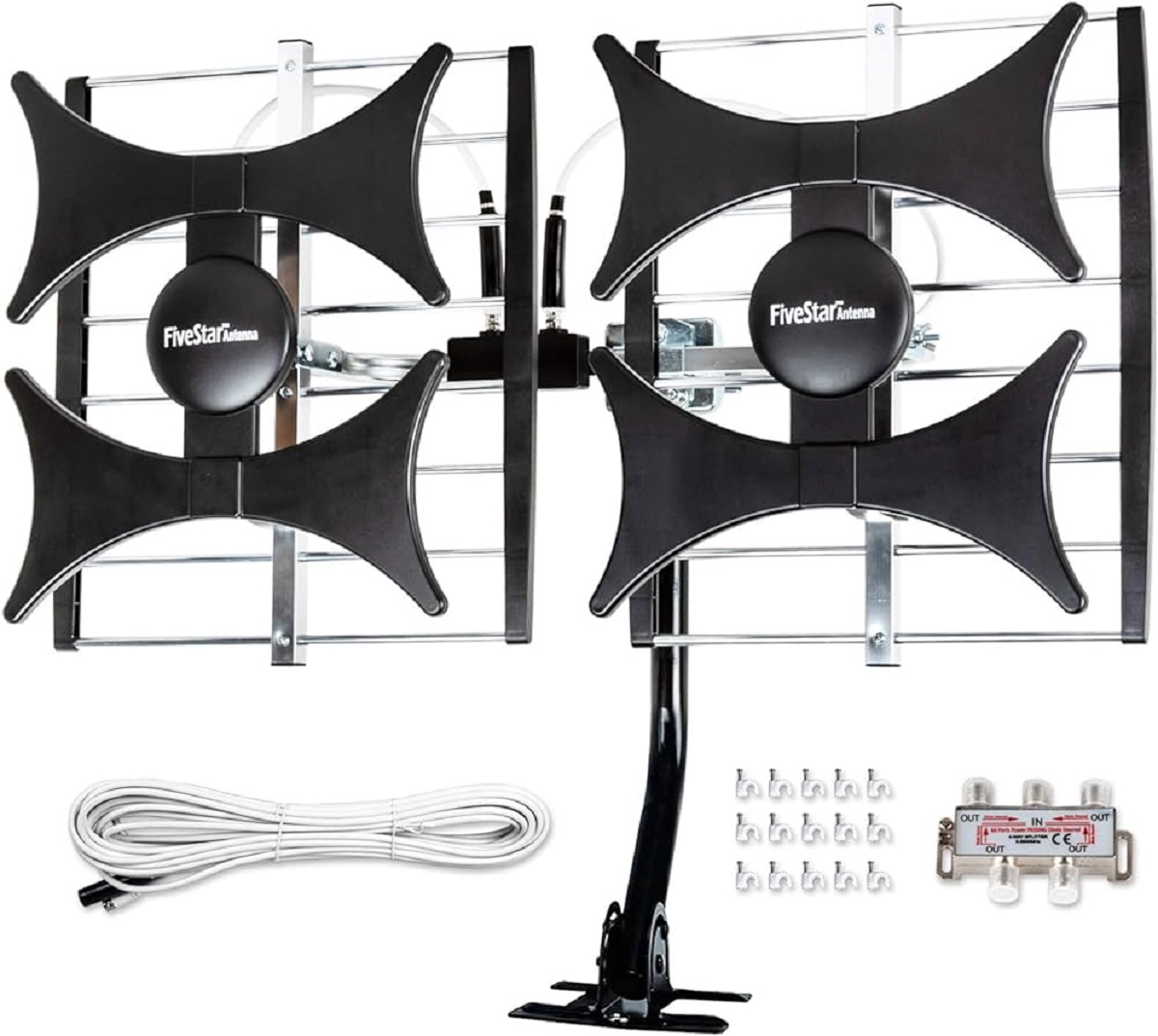Introduction
As technology continues to advance, the need for reliable and fast internet connectivity has become paramount. One technology that has revolutionized our digital lives is 4G (fourth-generation) cellular network. With its faster speeds and improved data transfer capabilities, 4G has enabled us to seamlessly stream videos, download large files, and enjoy online gaming without the frustrating lag times.
Behind the scenes, 4G towers play a crucial role in delivering this high-speed connectivity to our devices. These towers, also known as cell towers or base stations, act as the backbone of the 4G network, transmitting and receiving data signals to and from our smartphones, tablets, and other connected devices.
While we may take the benefits of 4G for granted, have you ever wondered what a 4G tower actually looks like? In this article, we will explore the physical appearance, equipment, location, and safety precautions associated with 4G towers, shedding light on the infrastructure that powers our wireless communication.
So, let’s embark on this journey to discover the fascinating world of 4G towers and gain a better understanding of the immense technology that enables us to stay connected in today’s fast-paced world.
The Purpose of a 4G Tower
At its core, the purpose of a 4G tower is to provide reliable and fast wireless communication to a specific geographic area. This enables users within the coverage range to access the internet, make calls, send text messages, and perform various online activities seamlessly.
A 4G tower serves as a central hub that connects to multiple devices, acting as a relay station for data transmissions between these devices and the wider internet. It plays a vital role in facilitating communication by establishing a link between your smartphone or other connected device and the internet service provider’s network.
One of the key aspects of 4G technology is its ability to offer high-speed internet access, allowing for quick downloads, smooth video streaming, and fast web browsing. The tower achieves this by utilizing a combination of advanced hardware, such as powerful antennas and signal processing equipment, along with efficient data transmission protocols.
Moreover, 4G towers support a larger number of concurrent connections compared to their 3G predecessors, enabling more users to access the network simultaneously without experiencing significant degradation in performance.
Another important purpose of 4G towers is to enhance overall network coverage. These towers are strategically placed across the landscape, ensuring that as many users as possible can connect to the network reliably. By covering expansive areas, 4G towers help bridge the digital divide by bringing internet access to remote locations and improving connectivity in urban areas.
Additionally, 4G towers play a crucial role in supporting the deployment of emerging technologies, such as the Internet of Things (IoT) and smart cities. These towers are designed to handle the increasing data demands generated by connected devices, allowing for seamless integration and communication between various IoT devices and applications.
In summary, 4G towers serve the purpose of delivering high-speed internet access, facilitating communication between devices and the internet, improving network coverage, and supporting the growth of emerging technologies. Without these towers, the widespread accessibility and convenience of 4G connectivity that we have come to rely on would not be possible.
Physical Appearance of a 4G Tower
When picturing a 4G tower, the first image that might come to mind is a tall structure with antennas protruding from the top. While this image is accurate, the physical appearance of a 4G tower can vary in size, design, and materials used.
Typically, a 4G tower consists of a vertical mast or pole made of metal, such as steel or aluminum. This mast provides the necessary height for the antennas to effectively transmit and receive radio signals. The height of a 4G tower can vary greatly depending on the specific location and coverage requirements. Some towers can be as short as 20 feet, while others can reach heights of over 200 feet.
On top of the mast, you will find an array of antennas. These antennas are responsible for capturing and transmitting radio signals to and from mobile devices within their coverage range. They are designed to operate on specific frequencies allocated for 4G communication.
In addition to the antennas, you may also find other equipment mounted on the tower. This includes radio transmitters and receivers, signal amplifiers, baseband units, power supply units, and other components that are necessary for the tower to function effectively.
For aesthetic purposes, 4G towers are often disguised or camouflaged to blend in with their surroundings. Common disguises include structures designed to resemble trees, flagpoles, or even building facades. This helps mitigate the visual impact of the tower on the surrounding landscape and maintain the overall aesthetic appeal of the area.
It is important to note that the physical appearance of a 4G tower can vary based on local regulations, environmental factors, and the preferences of the telecommunication company deploying the tower. However, regardless of their appearance, these towers play a critical role in providing reliable wireless connectivity to millions of users around the world.
Antennas and Equipment on a 4G Tower
At first glance, a 4G tower may appear to be a collection of antennas mounted on a tall structure. These antennas, however, are just one part of the complex equipment that enables the tower to function efficiently.
Antennas are the primary components responsible for transmitting and receiving radio signals between the tower and connected devices. A 4G tower typically has multiple antennas arranged in arrays or clusters to achieve optimal coverage. These antennas are designed to operate on specific frequencies allocated for 4G communication, and they can transmit and receive data simultaneously.
In addition to antennas, a 4G tower is equipped with various other essential components. These include radio transmitters and receivers, known as Remote Radio Units (RRUs), which handle the task of converting electrical signals into radio waves and vice versa. These RRUs amplify and process the signals before sending them to the antennas for transmission. They are responsible for ensuring that the signals are strong, clear, and capable of reaching connected devices even over long distances.
Furthermore, baseband units (BBUs) are essential equipment housed within the tower. These BBUs are responsible for processing and managing the data sent to and from the tower. They handle complex tasks, such as signal modulation and demodulation, error correction, data encoding, and network synchronization. BBUs also play a crucial role in connecting the tower to the wider network infrastructure, ensuring seamless communication between the tower, core network, and the internet.
Power supply units (PSUs) are another vital component in a 4G tower. These units provide a constant and reliable power source to all the equipment on the tower, ensuring uninterrupted operation. PSUs are typically equipped with backup power systems, such as batteries or generators, to ensure the tower remains operational during power outages.
To maintain proper functioning and protection against external elements, 4G towers are equipped with various enclosures and weatherproofing measures. These enclosures house the sensitive equipment and protect them from harsh weather conditions, such as rain, extreme temperatures, or strong winds.
Overall, the multitude of antennas, RRUs, BBUs, PSUs, and enclosures work together cohesively to ensure optimal performance and reliability of a 4G tower. The intricate integration of these components is what allows for the seamless transmission of data and the provision of fast and reliable wireless connectivity to connected devices within the tower’s coverage area.
Height and Location of a 4G Tower
The height and location of a 4G tower are critical factors that determine its effectiveness in providing widespread coverage and optimal signal strength. These factors are carefully considered during the planning and deployment of 4G towers.
The height of a 4G tower is determined by several factors, including the desired coverage area, terrain, and local regulations. Taller towers can provide coverage over larger distances and are often used in rural areas with fewer obstacles. In contrast, shorter towers are suitable for urban areas where buildings and other structures can act as obstructions to signal propagation. The height range of 4G towers can vary significantly, from around 20 feet to over 200 feet.
The location of a 4G tower is chosen strategically to ensure maximum coverage and minimize signal interference. Telecommunication companies conduct detailed surveys and assessments to identify the most suitable locations for tower installation. Factors such as population density, existing infrastructure, terrain, and the presence of natural or man-made obstacles are taken into account.
4G towers are often located on open areas or elevated spots, such as hilltops or rooftops, to provide better line-of-sight for signal transmission. This helps to minimize signal blockage from surrounding obstacles and increases coverage range. Additionally, towers are strategically placed to ensure adequate overlap of coverage areas, allowing for seamless handoffs and consistent connectivity as users move between different coverage zones.
Moreover, the location of a 4G tower must comply with local regulations and zoning laws. These regulations govern the placement of towers to consider visual aesthetics, safety, and environmental concerns. In some cases, towers may need to be disguised or camouflaged to blend in with the surrounding environment.
Furthermore, the location of a 4G tower is influenced by the concept of network densification. In densely populated areas, multiple smaller towers, known as micro-cells or small cells, are deployed instead of a single large tower. This approach allows for enhanced coverage and capacity in urban areas, where high user demands are prevalent.
In summary, the height and location of a 4G tower are carefully chosen to provide optimal coverage, minimize signal interference, comply with regulations, and meet the specific requirements of the surrounding environment. By strategically selecting tower locations and considering various factors, telecommunication companies ensure that 4G connectivity is accessible, reliable, and capable of meeting the needs of users in diverse geographical areas.
Safety Precautions around a 4G Tower
While 4G towers play a crucial role in providing wireless connectivity, it is essential to prioritize safety when it comes to their installation and maintenance. Various safety precautions are implemented to ensure the well-being of both professionals working on the tower and the general public in the surrounding areas.
1. Restricted Access: 4G towers are typically located in designated areas with restricted access. These areas are fenced off or secured to prevent unauthorized entry. Restricted access helps ensure that only trained personnel have direct contact with the tower, reducing the risk of accidents or tampering.
2. Warning Signs: Clear warning signs are posted around the tower to alert people to the potential hazards associated with the equipment. These signs may include messages such as “Danger: High Voltage” or “No Trespassing” to raise awareness of the potential risks and discourage unauthorized access.
3. Fall Protection: Those working on or near a 4G tower are required to use appropriate fall protection equipment, such as harnesses, safety ropes, and anchors. These safety measures help prevent falls from heights and ensure the well-being of workers navigating the tower structure.
4. Health and Radiation Safety: 4G towers emit electromagnetic radiation as a byproduct of their operation. To ensure the safety of nearby residents and professionals, the radiation emissions from the tower are closely monitored and kept within regulatory limits. Before installing a tower, rigorous assessments and calculations are conducted to ensure that the tower’s radiation exposure levels are safe for human health.
5. Compliance with Regulations: Telecommunication companies adhere to strict regulations and safety standards imposed by the relevant authorities. These regulations cover various aspects, including tower height limitations, safe distances from residential areas, and adherence to code requirements for tower design and construction.
6. Regular Maintenance and Inspections: To ensure the continued safety and optimal performance of a 4G tower, routine maintenance and inspections are conducted. Trained professionals regularly examine the tower structure, equipment, and antennas to identify and address any potential safety concerns or maintenance needs.
7. Proper Equipment Handling: When working on a 4G tower, professionals are trained to handle equipment safely and responsibly. This includes using appropriate tools, following safety protocols, and ensuring the secure attachment of antennas and other components to minimize the risk of accidents or damage.
By implementing these safety precautions, telecommunication companies demonstrate their commitment to maintaining a safe working environment and ensuring the well-being of the community surrounding a 4G tower. Safety remains a top priority in all aspects of tower installation, operation, and maintenance.
Conclusion
4G towers, with their distinctive physical appearance and essential equipment, play a vital role in delivering high-speed and reliable wireless connectivity to millions of users worldwide. These towers, with their antennas, transmitters, receivers, and other components, form the backbone of the 4G network, providing seamless communication and internet access.
The physical appearance of a 4G tower can vary, but it typically consists of a metal mast and an array of antennas. These towers are strategically located to maximize coverage and minimize signal interference, taking into account factors such as height, terrain, and local regulations.
Antennas and equipment housed within the tower, including RRUs, BBUs, and PSUs, work together to ensure efficient data transmission and reliable connectivity. These components are carefully designed and maintained to provide optimal performance and meet the ever-increasing demands of wireless communication.
When it comes to safety, 4G towers are subject to various precautions to protect both workers and the general public. Restricted access, warning signs, fall protection measures, and adherence to health and radiation safety regulations contribute to a safe environment around these towers.
In conclusion, 4G towers are the unsung heroes behind our seamless wireless connectivity. They enable us to stay connected, access information, and communicate with ease. By understanding and appreciating the physical appearance, equipment, location, and safety measures associated with 4G towers, we gain a deeper appreciation for the complex infrastructure that keeps us connected in today’s digital world.







